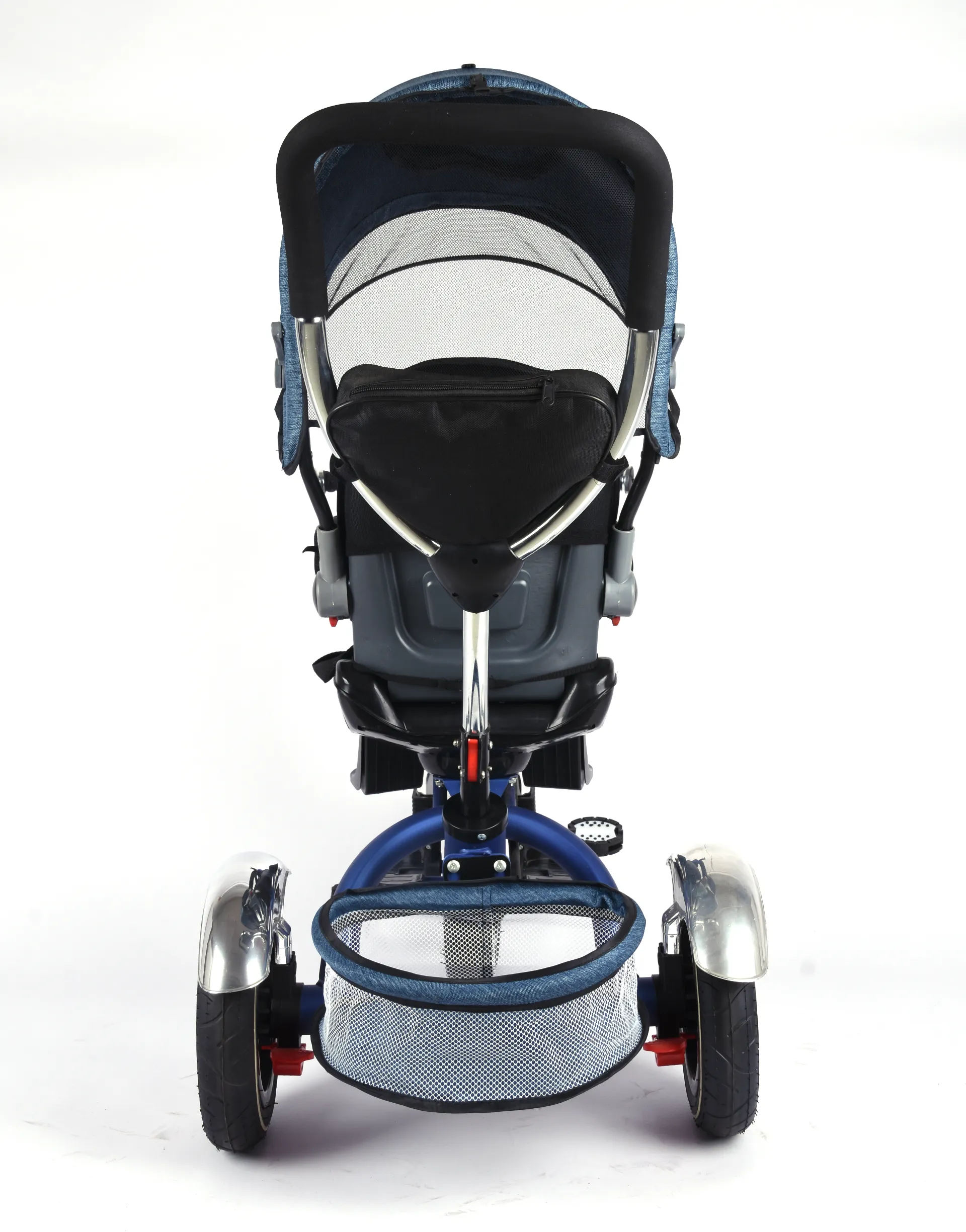lightweight bike for kids
The Perfect Lightweight Bike for Kids A Guide for Parents
Choosing the right bike for your child can be a challenging task, especially with so many options available on the market. One of the most important factors to consider is weight. A lightweight bike is crucial for young riders, as it not only makes learning to ride easier but also enhances their overall cycling experience. Let's explore why lightweight bikes are essential for kids and what to look for when selecting the perfect model.
Why Lightweight Bikes Matter
The primary reason for opting for a lightweight bike is safety. Children, especially younger ones, may struggle to control heavier bikes, leading to potential falls or injuries. A bike that is too heavy can be cumbersome to maneuver and may discourage children from learning to ride altogether. Lightweight bikes, on the other hand, are more manageable, allowing kids to accelerate, brake, and steer with ease.
Moreover, lightweight bikes tend to be more comfortable for children. When a bike is easy to handle, kids can enjoy longer rides without getting fatigued. This encourages them to stay active and develop a love for cycling as they explore their neighborhoods and parks. Additionally, lightweight bikes can help build confidence in young riders. As they master their skills, they will feel more empowered to tackle new challenges on two wheels.
Key Features to Look For
When shopping for a lightweight bike for your child, there are several features to keep in mind
lightweight bike for kids

1. Material The frame material plays a significant role in the bike's weight. Aluminum frames are a popular choice as they are both lightweight and durable. Steel frames, on the other hand, tend to be heavier but can be more robust. Carbon fiber is the lightest option but is usually found in higher-end models.
2. Size Selecting the right size bike is crucial for comfort and safety. A bike that is too big can be difficult for a child to control, while a bike that is too small may be uncomfortable. Measure your child's inseam and compare it to the bike's size chart to ensure a proper fit.
3. Wheels Smaller wheels generally result in a lighter bike. For very young riders, 12-inch wheels may be suitable, while kids aged 6-10 typically benefit from 16-inch to 20-inch wheels. Larger wheels provide better speed and stability, but they are heavier. Consider your child's age and experience level when deciding on wheel size.
4. Gearing Many kids' bikes come with single-speed gearing, which is easier to manage for beginners. As your child becomes more confident, you might consider bikes with multiple gears that allow them to tackle varied terrain.
5. Brakes Look for bikes with reliable braking systems. Rim brakes are common for lightweight bikes, but disc brakes provide more consistent stopping power. For younger children, coaster brakes might be a simple and effective option.
Conclusion
Investing in a lightweight bike for your child can make a significant difference in their cycling experience. Not only does it enhance their safety and comfort, but it also fosters their independence, confidence, and love for the outdoors. Take the time to research and test different models, ensuring that the bike you choose is the right fit for your young rider. With the right lightweight bike, your child will embark on many adventures, creating memories that will last a lifetime.
-
The Perfect Baby TricycleNewsAug.11,2025
-
Ride into Fun with Bikes for KidsNewsAug.11,2025
-
Ride into Adventure with the Perfect Kids Balance BikeNewsAug.11,2025
-
Fun and Safe Riding with the Best Childrens ScootersNewsAug.11,2025
-
Find the Perfect Childrens Bike for Your Little OneNewsAug.11,2025
-
Explore the Best Baby Tricycles for Your Little OneNewsAug.11,2025
-
Three-Wheel Light-Up Scooter Benefits for KidsNewsJul.11,2025








